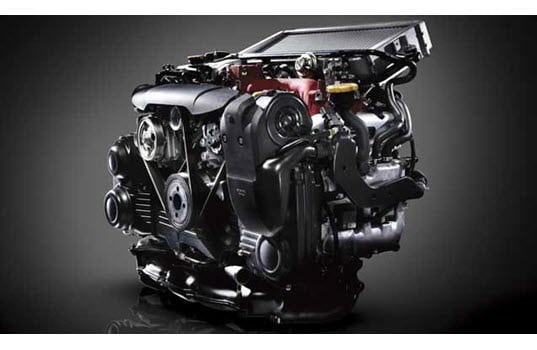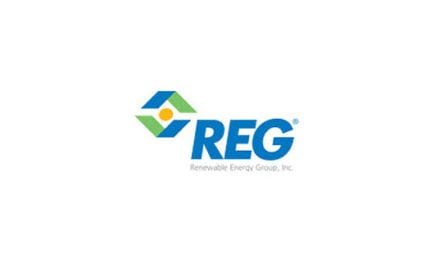[Editor: This is an interesting finding. It is very bullish on aggressive adherence to carbon dioxide regulations, which are not moving ahead with the type of vigor seen in the past decade. The recent U.N. Climate Conference held in Lima, Peru, is widely regarded as another in a string of U.N. climate meeting failures. As has been the case recently, the impasses tended to involve how big of a check the Western World will “need” to write to redistribute it’s wealth to the developing nations in the name of climate change. We’ll just have to see how serious the willpower is to move forward with high-efficiency platforms for climate or other reasons, in the face of cheap (for now) motor fuels.
On a related personal note, I just acquired a small-displacement turbocharged crossover, which was the common engine offering in that class for the higher horsepower trim level. In the past this might have been served by a smaller displacement 6-cylinder engine. Performance and torque are excellent, as is gas mileage as long as you have a light foot on the accelerator. A bit off-putting is the requirement for premium gasoline, offset to a degree by today’s lower gasoline prices and higher mileage with that fuel in the high-compression engines. Maybe premium is the “alternative” fuel of the future?]
A new report from Navigant Research analyzes the emerging global market for technologies that improve fuel economy, including global market forecasts for light-duty vehicle sales, segmented by powertrain, region, and number of cylinders, through 2025.
Multiple factors, including increasingly strict global standards to limit carbon dioxide (CO2) and other greenhouse gases, are driving manufacturers to produce more efficient vehicles. Although the use of alternative fuels and electric power is expected to continue growing, gasoline is anticipated to remain the leading fuel in the coming years, albeit in unconventional vehicles that employ a range of fuel-efficiency technologies, such as smaller engines and turbocharging. Click to tweet: According to a new report from Navigant Research, conventional gasoline-powered vehicles are expected to make up less than half of new vehicles sold worldwide by 2017.
“There is no single technology that will dominate fuel efficiency improvements over the forecast period through 2025,” says David Alexander, senior research analyst with Navigant Research. “The focus, instead, will be on incremental improvements in engines and transmissions, along with weight reduction in as many places as possible.”
Perhaps the most important innovation, according to the report, is the wide adoption of stop-start vehicles (SSVs), which eliminate idling when the vehicle is stopped and restart the engine when the driver moves from brake to accelerator. Over time, the SSV is likely to add functionality to become more of a mild hybrid, with the ability to capture and reuse kinetic energy without the expense of a large battery. Navigant Research expects sales of gasoline and diesel SSVs to reach 63 million annually by 2025, representing 58 percent of all vehicles sold in that year.
The report, “Automotive Fuel Efficiency Technologies,” analyzes the emerging global market for technologies that improve fuel economy. It examines the consumer demand and regulatory background related to engine technology and lightweight materials for increasing fuel efficiency in vehicles. Global market forecasts for LDV sales, segmented by powertrain, region, and number of cylinders, extend through 2025. Additional forecasts by region are provided for the volumes and associated revenue of key fuel efficiency systems and materials. The report also examines the approach of the leading vehicle manufacturers, suppliers, and industry players and evaluates how the market for lighter and more efficient vehicle technologies will evolve. An Executive Summary of the report is available for free download on the Navigant Research website.









